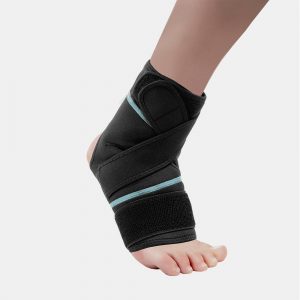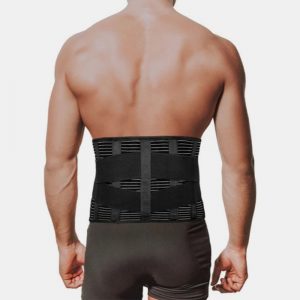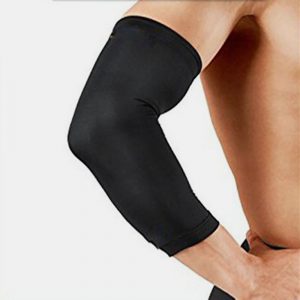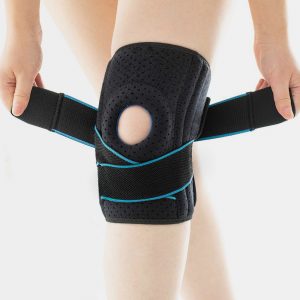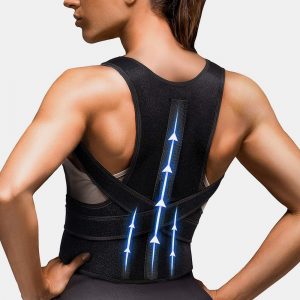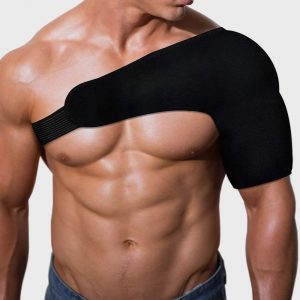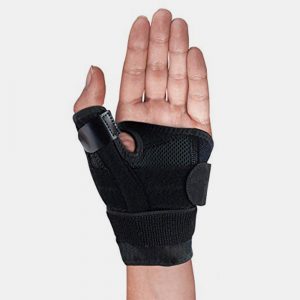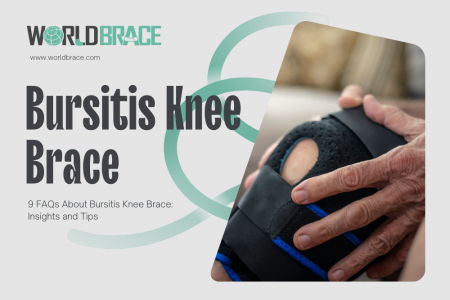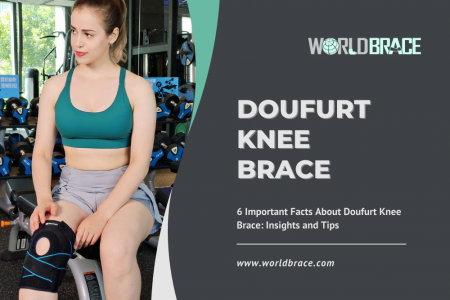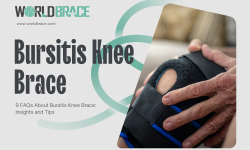
Wrist pain is a common cause for people across various age groups. Several reasons typically contribute to this problem, but the most common ones include tendonitis, sprain, arthritis, ganglion cyst, carpal tunnel syndrome, and fractures, among many others.
One of the best ways to manage wrist issues, aside from rest, anti-inflammatory medication, ice/heat application, and (in extreme circumstances) cortisone injections and wrist surgery, is to wear a wrist brace. Patients who have recently sustained a sprain to the wrist or have a propensity to sustain sprains can benefit greatly from wearing a wrist support brace.
These wrist supports help prevent wrist injuries and disorders and provide gentle support while doing wrist movements. This helps you to perform simple activities while rehabilitating from wrist pain.
The wrist and hand braces from Worldbrace are designed to help with various conditions, including sprains and strains, fractures, post-operative recovery, inflammation, and repetitive stress injuries like carpal tunnel syndrome.
The perfect Carpal Tunnel Brace
Carpal tunnel syndrome is the most common wrist disorder found among various individuals. It is a condition affecting the pressure sensitivity of the median nerve, which is responsible for supplying movement and feeling to the other parts of the hand. Carpal tunnel syndrome usually leads to weakness, tingling, numbness, or even damage to the muscles of the hands and fingers.
So what exactly is the cause of carpal tunnel syndrome? The carpal tunnel is the entry point of the median nerves on the hand. It is relatively narrow, so even a slight swelling can pinch the nerve resulting in pain and numbness.
Carpal tunnel syndrome is primarily seen in people who perform repetitive wrist and hand movements. For example, using a keyboard for several hours leads to carpal tunnel syndrome. However, other causes may include driving, using hand tools, playing certain sports, using hand tools, sewing, and writing.
To prevent or treat carpal tunnel syndrome, wrist supports and braces can be an ideal choice for improved coordination while doing certain activities.
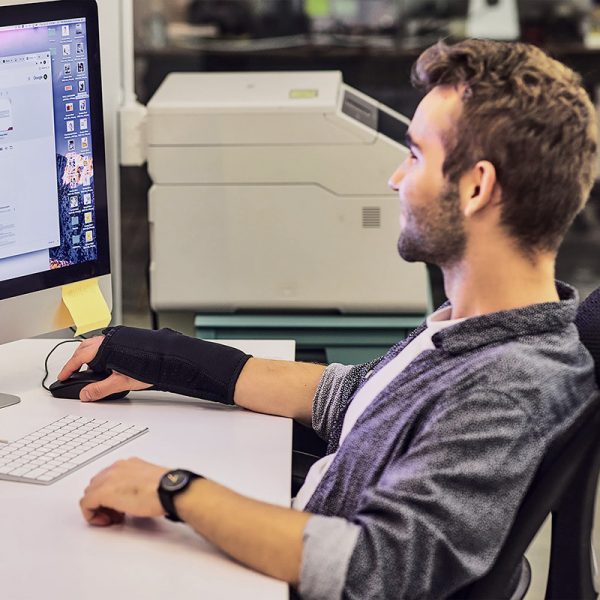
The Ideal Sports Wrist Braces
We at Worldbrace have exquisite sports wrist supports to satisfy your athletic needs. You range from athletic wrist braces for golfers, tennis players, or sports fanatics. The perfect sports wrist brace is also a fantastic baseball wrist support, a perfect tennis wrist brace, and an ideal volleyball wrist brace.
If you are looking for wrist bands to comfort your hands and fingers effectively, then our neoprene wrist wraps have your back. They help energize the individual and provide extra support and mobility to your wrist and hands. The knitted joint support helps stabilize the wrist via controlled compression; you can also apply the velcro strap for additional support or stabilization, primarily when engaged in sports activities.
As it promotes proprioception, this athletic wrist supports heightened sensory awareness in the wrist for increased joint stabilization.
Pediatric Size Orthopedic Braces for Kids
Kids are in constant motion in sports, at school, around the yard, or roaming across the house. Constant mobility in kids makes them more prone to injuries as their bones are softer and are still in the growing stage. As a parent, preventing your kids from falling, jamming their fingers, or breaking their bones can be tedious.
If your child injures themselves, it can be a foiling experience to search for the pediatric brace that fits your kids effectively, as most orthopedic braces are explicitly made for adults, leaving you in the middle of nowhere.
Wrist & Hand Supports to Provide Aid For Common Fractures in Adolescents
Arms, hands, or fingers are the most common part of the body that are prone to injury in kids. Unfortunately, these areas often catch up to adolescents if they’re about to fall, introducing them to fractures, sprains, and strains in the arm. Fractures are further classified into two categories, “nondisplaced” -when the broken ends are in a normal position.
“displaced”- when the two ends are separated.
Here is the list of some of the common fractures that occur in children’s arms or hands:
- Torus fracture: Also known as “buckle” fracture, where the topmost layer of bone on one side is compressed, making the other side of the bone bend away from the growth plate. This type of fracture is stable and is a nondisplaced fracture.
- A metaphyseal fracture occurs along the bone’s shaft rather than at the growth plate.
- Greenstick fracture: The bone is bent on the other side because the break goes through it.
- Galeazzi fracture: Both bones in the lower arm are affected, with the radius typically breaking and the ulna dislocating at the wrist.
- Monteggia fracture: It injures both lower arm bones; fracture is usually in the ulna, and the head of the radius is dislocated. This is a severe injury and requires immediate care.
- Growth plate fracture: Also known as a physical fracture. The break happens at or across the growth plate, affecting the growth plate near the wrist on the radius.
Two extremely important fractures on the above list occur more frequently in kids. They are the greenstick fracture and the buckle fracture. Since these fractures involve bending bones and not breaking completely, it mostly happens in adolescents. On the other hand, adult bones usually break entirely after an accident.
You may ask about the most common treatments for these different fractures. Though doctors may recommend casting a child, many parents today prefer to use splints or detachable braces instead. For instance, Worldbrace’s youth wrist and thumb splint provide excellent support for the wrist without restricting the kid’s natural range of motion, so your child may rest easy.
Kid's Finger Injury-Splint Support
Apart from arms and hand injuries, the most common ones are finger injuries in children. Children are prone to slip their fingers in drawers and doors or drop something huge on their little fingers. Finger jams are also common and painful among kids who play youth sports like basketball. Some injuries may require a tape for a few days that helps stabilize the finger, but others may need extra care and attention where a piece of tape won’t serve the purpose.
How do you know precisely if the child requires a finger splint or special medical attention? Some common symptoms of finger jams, break, and sprained fingers are bruising, swelling, weakness or numbness, inability to move or bend the finger, and disfiguration.
The Advantages of Homemade Pediatric Finger and Hand Splints for Children
Seeing your kids in pain throughout the healing phase from an injury is never easy, but there are several ways to comfort them and make the healing process easier.
Here are a few of them:
- Adjusting the straps of a removable sling, stabilizer, or splint to your child’s comfort and desired position is one of the device’s most useful features. Always remember to consider the swelling levels and adjust them accordingly when you’re securing the brace.
- To boost the healing process, imitate the treatment R.I.C.E to your kid’s injury. R.I.C.E means Rest, Ice, Compression, and Elevation.
- If your child has fractured, broken, or sprained their wrist, arm, or hand, a splint or cast is used to effectively support and heal their injury. However, carrying around a big cast or brace might be exhausting for a young child. An arm sling is a great addition if you want to rest their arms while still providing support.
- Your kids may find staying still during their healing phase challenging and avoiding their favorite activities. It is a good idea to create lively and fun ways at home to help your child safely play in a brace and don’t feel left out.

